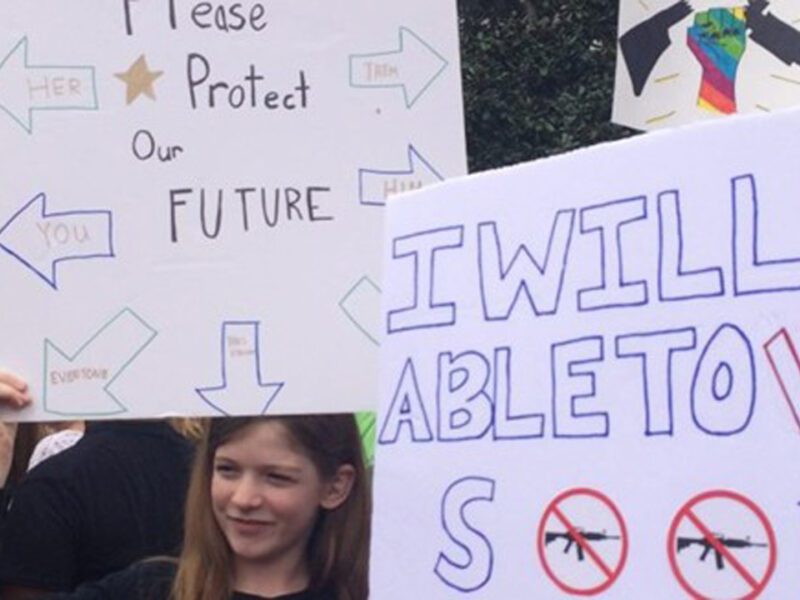Teacher Layoffs on the Horizon: As ESSER Expires, Districts Face Tough Calls
Education Week | By Caitlynn Peetz | June 27, 2024
Many hired staff with one-time federal money and don’t have alternate funding
Districts face the loss of hundreds of thousands of educators they hired with federal pandemic-relief money as those one-time funds come to an end this fall. The reduction in force won’t happen exclusively through layoffs, though layoffs could be significant.
Beyond that, however, it’s nearly impossible to discern the scope of educator job losses that will happen as COVID relief money dries up because districts haven’t been required to report detailed information about how they used the unprecedented infusion of funds.
Those are some insights from a researcher who’s been trying to assess the impact of the end of the relief funds on school districts and the nation’s teaching force of more than 3 million.
“Some school systems are going to face very complex labor market dynamics where there are both teachers getting laid off, but also potentially hiring challenges across different kinds of subjects or different kinds of schools,” Dan Goldhaber, director of the Center for Analysis of Longitudinal Data in Education Research, said during a June 26 webinar on district staffing.
To help districts recover from the pandemic, Congress passed three massive economic- stimulus packages that included a total of about $190 billion in emergency funding for schools, known as ESSER—Elementary and Secondary School Emergency Relief. Some districts used a portion of the money they received to hire employees, including new teachers they otherwise wouldn’t have brought on.
With the federal aid set to expire in September, those districts are tasked with finding other revenue streams to pay the salaries of staff they hired with the one-time funds or reducing their workforces, Goldhaber said.
‘I think we’re going to see layoffs that are significant’
The pandemic aid has provided a much-needed boost to districts in recent years as they’ve addressed students’ increased needs. But many districts are reporting large shortfalls in their upcoming budgets without alternative revenue to offset the absence of the temporary federal funds. Students still need additional help to make important academic and social-emotional gains, and schools still need to combat elevated chronic absenteeism and students’ mental health needs, Goldhaber said.
Because the money flowed to schools based on the formula the federal government uses to distribute Title I funds, districts with higher proportions of low-income students received more money and thus likely have larger gaps to fill as the funding winds down.
It’s difficult to determine just how many new staff members districts hired using ESSER funds, Goldhaber said, because the categories under which districts had to report spending to state and federal governments were quite broad. So, if a district officials reported using the money on staff, it’s not clear if they spent it on retention bonuses, salary increases, or new employees, Goldhaber said.
It’s even less clear which kinds of staff districts hired with the funds, he said.
To get an idea of how significant the post-ESSER staffing problem could be, CALDER conducted a case study in Washington state, where districts received a total of $2.6 billion in ESSER funds.
Using data from job postings and other public information, researchers estimated that federal pandemic-relief funds led to about 12,200 additional jobs in Washington schools in 2022, 5,100 of which were teaching posts.
In theory, that means Washington’s teacher workforce could need to shrink by more than 5,000 post-ESSER, Goldhaber said.
That doesn’t necessarily mean there will be 5,000 layoffs, though.
Goldhaber pointed to data about workforce reductions during the Great Recession in 2008-09 for comparison.
At that time, there was a drop of about 3,000 teachers in Washington, but 561—just under a fifth—were laid off. The rest of the reductions occurred through attrition, when people left their jobs or retired and districts didn’t hire a new staff member to take their place, Goldhaber said.
It is likely that most educator workforce reductions that take place as ESSER funds dry up will happen through attrition as well, but not all, Goldhaber said.
“I think we’re going to see layoffs that are significant,” he said, particularly in low-income districts that received more federal funding than districts in wealthier areas.
Districts should be intentional about staff reductions
For some districts, layoffs will be unavoidable, Goldhaber said.
How districts go about making those cuts can make a big difference, Goldhaber said.
But that can depend on a number of factors, some of them outside of a district’s control, such as state laws governing how reductions in force happen and teachers’ union contracts.
Sometimes, districts will use a “last in, first out” approach, making reductions based on seniority, laying off less experienced teachers first—a provision of some collective bargaining agreements and effectively a requirement in some states.
That approach can undermine efforts to increase teacher diversity and doesn’t take into account teacher effectiveness or staffing shortages in particular subject areas. It also means that Black and Hispanic students—who were most impacted by the pandemic—are the most likely to see their teachers laid off, because they are the most likely to have less experienced teachers, Goldhaber said. That churn can hurt their academic growth, he added.
District leaders should be intentional about layoffs by evaluating teachers’ effectiveness and demand for their courses and programs, if possible. Districts should also consider taking steps that lessen the impact on schools with a large share of minority or low-income students, Goldhaber said.






